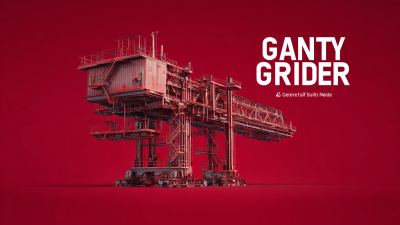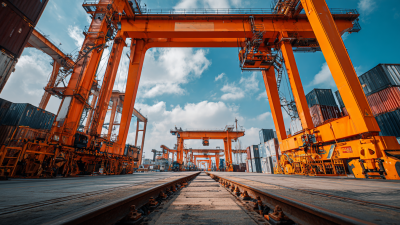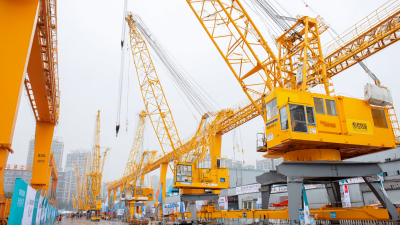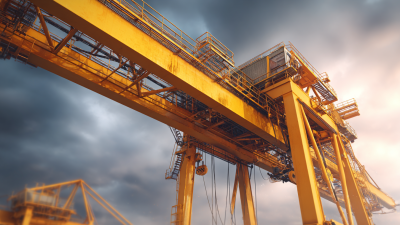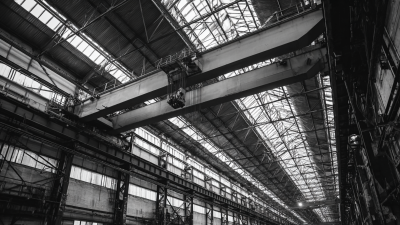Inquiry
Form loading...
-
Phone
-
Wechat

-
Whatsapp

Selecting the right Gantry Girder is a critical decision in the success of any construction project, particularly in industries such as manufacturing and logistics where efficiency and safety are paramount. According to the latest industry reports, the global gantry crane market is anticipated to reach $2.3 billion by 2025, with a compound annual growth rate (CAGR) of 5.7% from 2020 to 2025. This underscores the increasing reliance on effective lifting solutions, highlighting the importance of choosing the appropriate Gantry Girder to enhance operational performance. Factors such as load capacity, material type, and environmental conditions play a significant role in this selection process. Understanding these elements can lead to improved project timelines, reduced operational costs, and enhanced safety measures. As construction practices evolve, ensuring that the right Gantry Girder is integrated into your project will not only meet current demands but also position your project for future challenges.
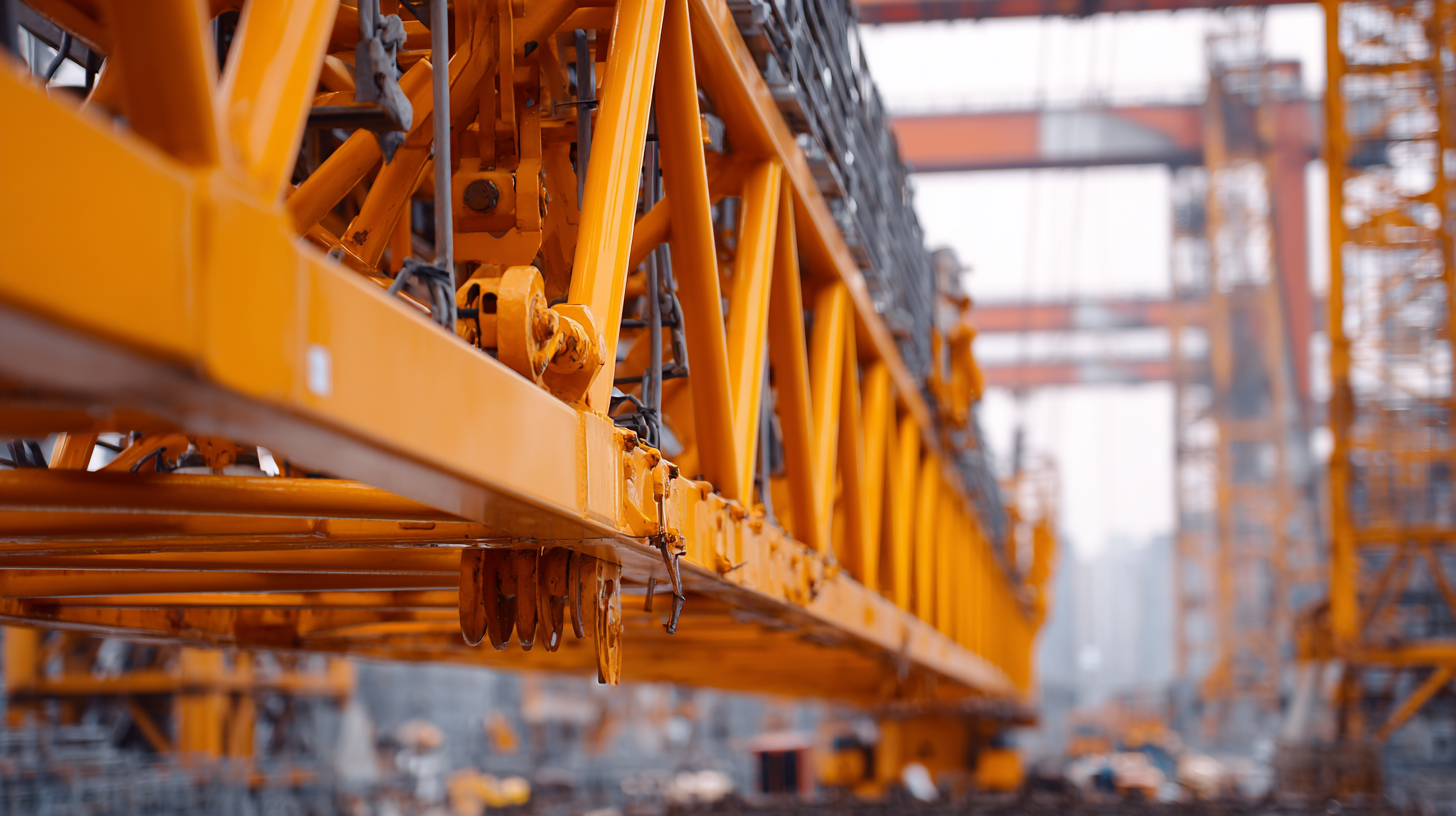
Choosing the right gantry girder is crucial for the success of any construction project. When selecting a gantry girder, several factors must be considered, including load capacity, material, span length, and environmental conditions. According to a 2020 report by the American Institute of Steel Construction, the load-bearing capacity of a gantry girder is often determined by its material; steel is commonly preferred for its high strength-to-weight ratio, accommodating both heavy loads and significant spans while maintaining structural integrity.
Another critical aspect to consider is the environmental conditions the gantry girder will face. Factors such as temperature fluctuations, humidity, and potential exposure to corrosive substances can significantly affect the lifespan and performance of the girder. A study published by the Construction Industry Research and Information Association found that properly assessing environmental impact could extend the service life of steel structures by up to 30%. Therefore, selecting a gantry girder that meets not only the load requirements but also the environmental challenges of the project site is essential for durability and safety.
Gantry girders are essential components in various construction projects, offering support for cranes and heavy equipment across multiple industries. There are several types of gantry girders, each designed for specific applications. For instance, traditional steel gantry girders are commonly used in manufacturing and shipping, providing durability and strength needed for lifting heavy loads. Their robust nature allows them to sustain high levels of stress and impact, making them ideal for environments where heavy machinery is operated.
In contrast, lightweight aluminum gantry girders are favored in sectors like film production and event staging, where mobility and ease of setup are crucial. These girders are easily assembled and disassembled, making them suitable for temporary structures or events that require quick relocation. Additionally, some industries utilize specialized gantry girders, such as those with adjustable heights, which are particularly useful in warehouses and logistics for optimizing space and enhancing operational efficiency.
Understanding the varying types of gantry girders and their respective applications helps ensure that construction projects are equipped with the appropriate support structures tailored to their specific needs.
When choosing between steel and aluminum gantry girders for your construction project, material selection plays a crucial role in determining both performance and cost-effectiveness. According to a report by the American Institute of Steel Construction, steel has a substantially higher tensile strength, estimated at around 400 MPa, compared to aluminum's 200 MPa. This significant difference allows steel girders to support heavier loads and resist deformation under stress, making them ideal for projects where structural integrity is paramount.
On the other hand, aluminum girders offer unique advantages, particularly in scenarios where weight is a critical factor. With aluminum being nearly one-third the weight of steel, it can greatly reduce transportation and installation costs. A study from the Aluminum Association highlights that while aluminum's initial cost per pound may be higher, its lower overall lifecycle costs owing to reduced maintenance and longevity make it an attractive option for many construction projects. Thus, the choice between steel and aluminum should hinge not only on immediate structural requirements but also on long-term project considerations such as weight, cost, and durability.
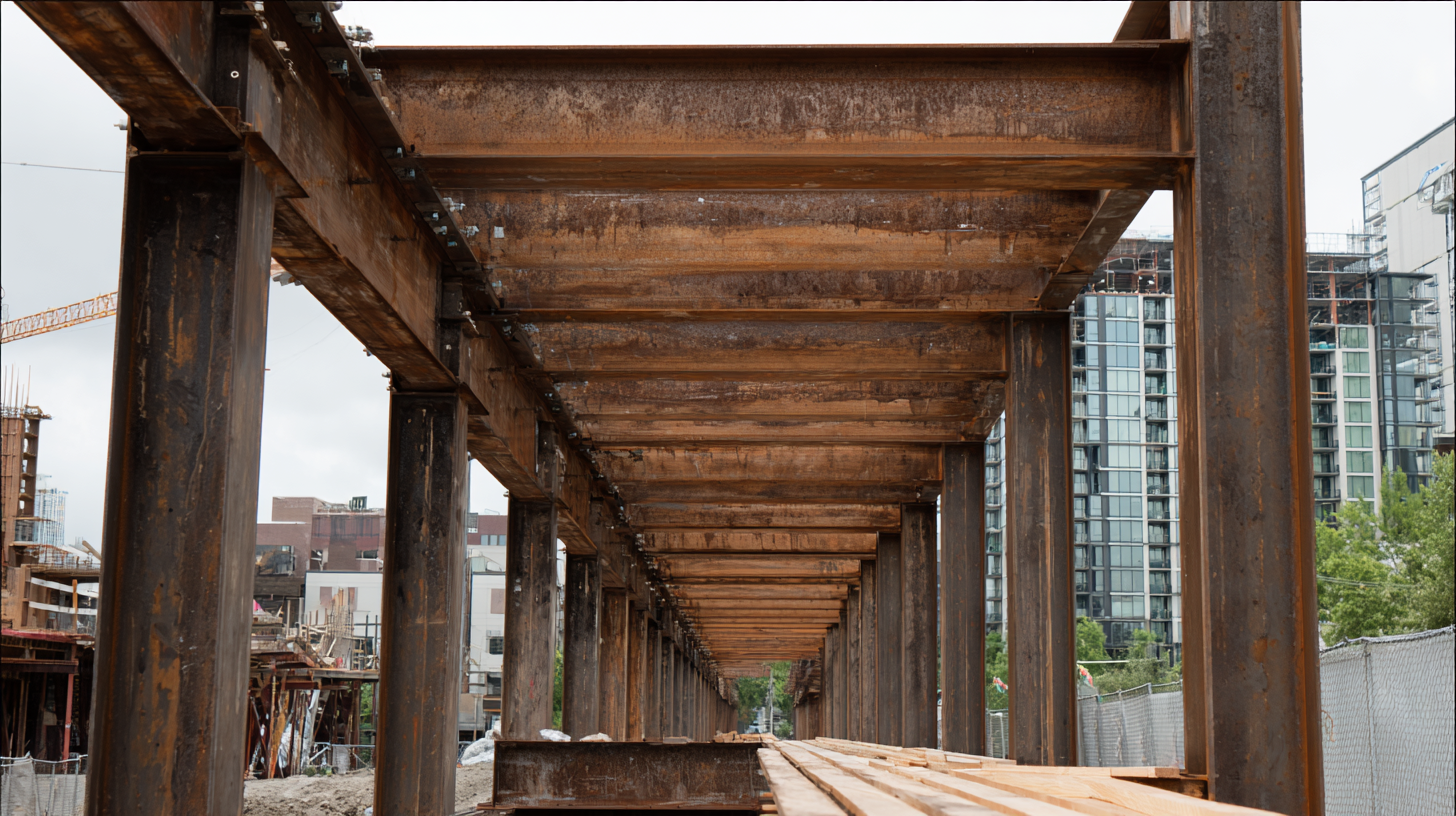
When selecting the right gantry girder for a construction project, understanding the load capacity and span is critical. The load capacity is defined by the weight the girder can support without compromising structural integrity. Factors such as material properties, cross-sectional geometry, and construction methods significantly influence this capacity. Recent studies on long-span concrete girder bridges highlight the importance of creep calculations and the analysis of shear capabilities, indicating that girder design should account for both immediate and long-term deformation to ensure longevity and safety.
The span of the gantry girder is also vital, as it determines how far the girder can extend without additional support. In exploring various beam designs, research has shown that different shear span-to-depth ratios play a crucial role in overall performance. Long spans can lead to challenges such as fatigue and buckling, necessitating advanced materials and design techniques to optimize performance. By carefully considering load capacities and spans, engineers can select the most appropriate gantry girders that meet both the functional requirements and safety standards of their construction projects.
| Load Capacity (tons) | Span Length (m) | Material | Girder Type | Best Application |
|---|---|---|---|---|
| 5 | 6 | Steel | Single Girder | Warehouse |
| 10 | 9 | Aluminum | Double Girder | Manufacturing |
| 15 | 12 | Composite | Box Girder | Heavy Duty Lifts |
| 20 | 15 | Steel | Truss Girder | Bridge Construction |
When selecting the right gantry girder for a construction project, it is important to understand not just the structural requirements but also the installation and maintenance considerations that come into play. The installation of gantry girders typically requires careful planning and coordination with cranes and other heavy machinery. Ensuring that the site is prepared for installation involves assessing ground stability and access paths for equipment. Additionally, the correct positioning of the girder can affect the overall efficiency and safety of the project, making it crucial to have experienced personnel on-site during installation.

Maintenance is another key factor in the longevity and safety of gantry girders. Regular inspections should be scheduled to check for signs of wear, corrosion, or structural issues that could jeopardize the integrity of the girder. Maintenance practices may vary depending on environmental factors such as exposure to weather elements or heavy loads. For instance, on projects like those seen at Hammersmith Bridge, where temporary structures and alterations are involved, adaptations in maintenance regimes might be required to ensure that the integrity of the gantry girders is upheld throughout the project’s lifecycle. Investing in quality maintenance can significantly extend the life of the girder and reduce the risk of costly repairs or accidents.
